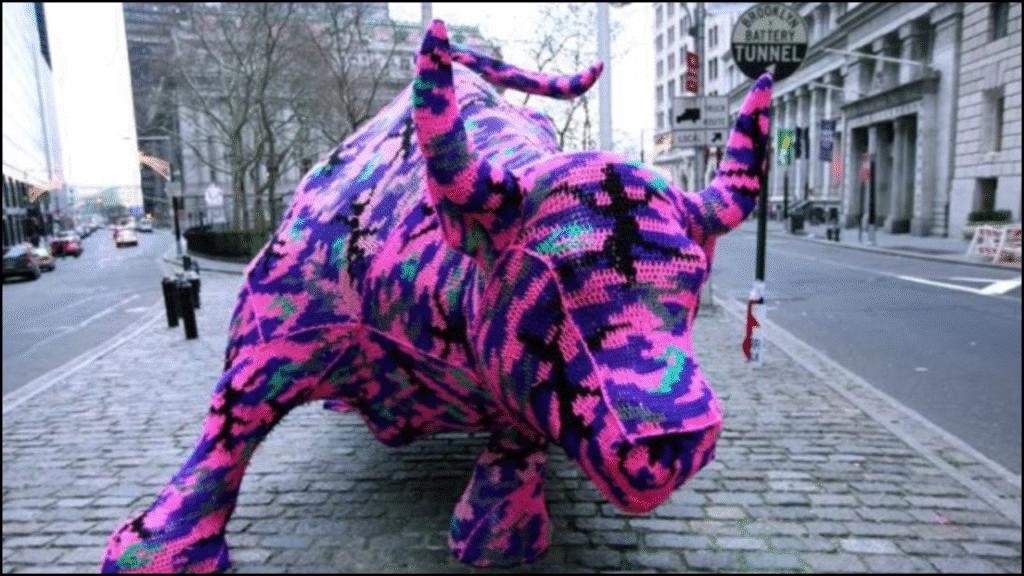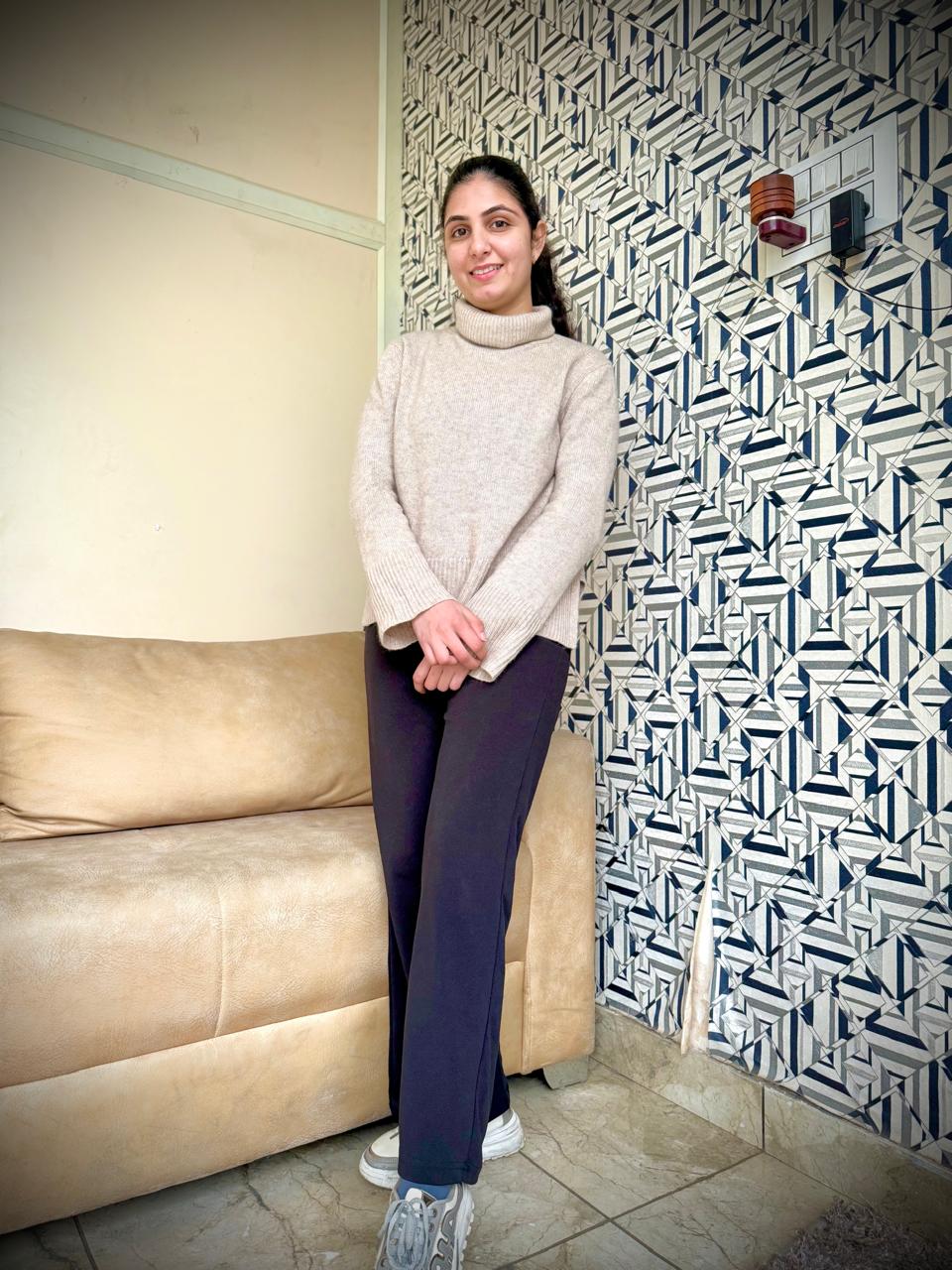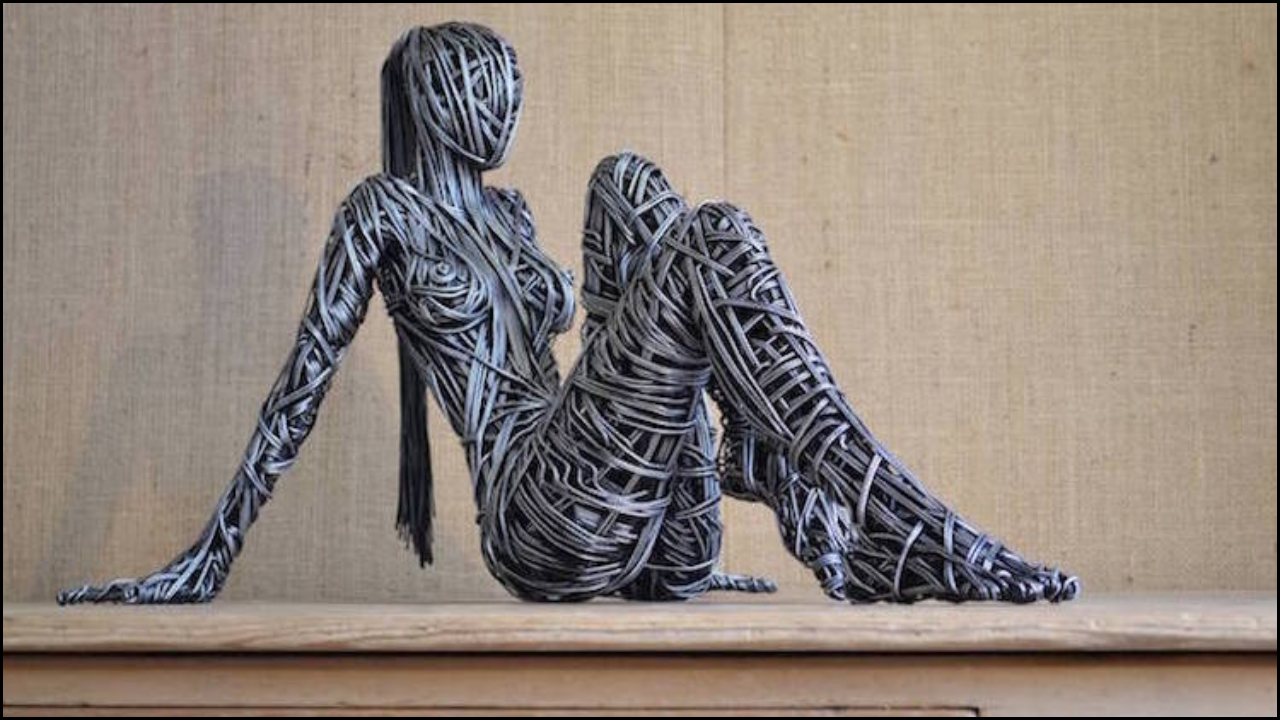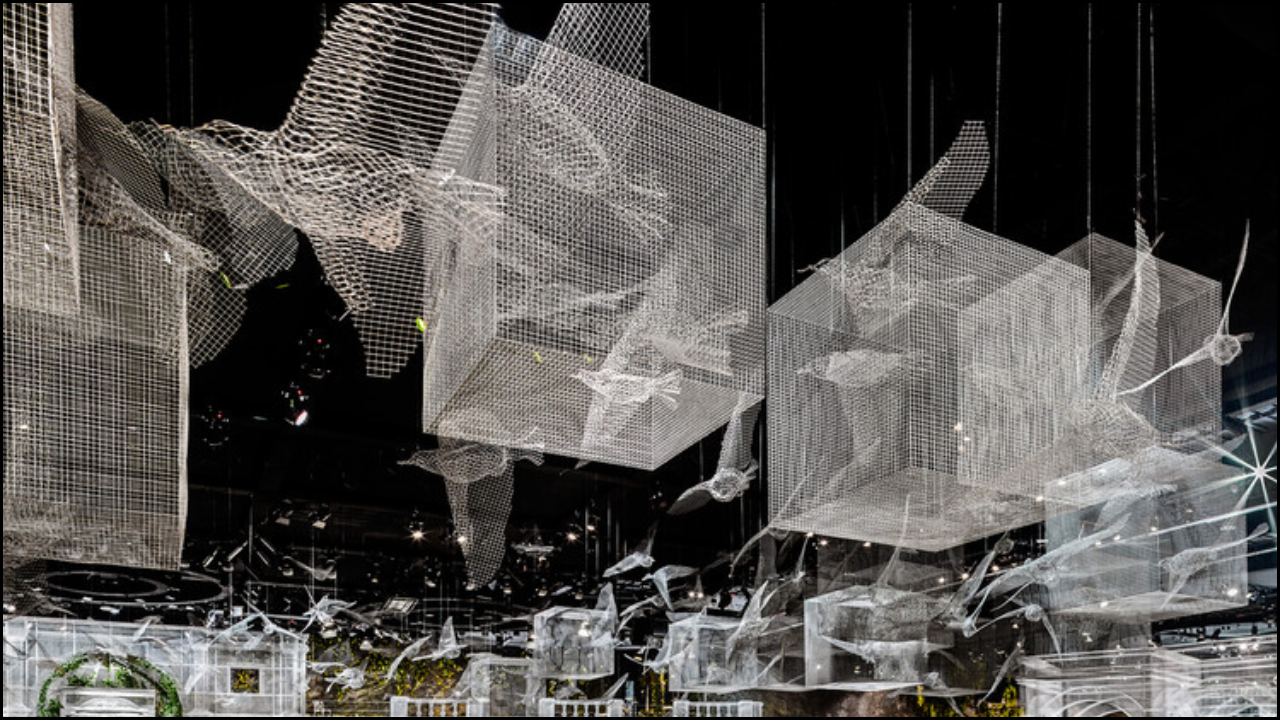
Crochet graffiti, also known as yarn bombing, has emerged as a distinctive form of urban art. Urban spaces traditionally dominated by street art, murals, and spray-painted graffiti now see vibrant, knitted installations that transform mundane structures into colorful expressions of creativity. This form of public art combines traditional textile craftsmanship with modern artistic interventions, challenging the perception of public space and artistic expression.
Public art has always reflected societal trends, community values, and cultural creativity. Crochet graffiti introduces a softer, textile-based alternative to conventional street art. Artistic communities across the world increasingly adopt yarn bombing as a medium for social commentary, aesthetic enhancement, and community engagement. Urban landscapes, including lampposts, benches, and statues, now display the tactile and vibrant nature of crocheted installations, creating a bridge between craft and public art.
Table of Contents
Definition and Origins of Crochet Graffiti
- Term Definition: Crochet graffiti is the practice of covering urban objects with crocheted or knitted yarn in a decorative or thematic pattern.
- Origins: Yarn bombing originated in the early 2000s in the United States, credited to artists like Magda Sayeg, who wrapped everyday urban objects in colorful yarn.
- Global Spread: The art form quickly spread internationally, including Europe, Asia, and South America, gaining attention in cities like London, Berlin, and Tokyo.
- Artistic Purpose: Unlike traditional graffiti, yarn bombing emphasizes aesthetic appeal over vandalism and is often temporary or removable.
Characteristics of Crochet Graffiti
- Visual Impact: Bright colors and patterns transform ordinary urban objects into visually engaging pieces.
- Tactile Texture: The use of yarn adds a soft texture, creating a contrast with hard urban environments.
- Community Participation: Artists often collaborate, sharing skills and materials, which fosters a sense of collective creation.
- Environmental Consideration: Many yarn bombers use eco-friendly or recyclable materials to minimize environmental impact.
Techniques Used in Yarn Bombing
- Crochet Wrapping: Individual objects, such as poles or railings, are wrapped in crocheted panels.
- Knitting Panels: Larger installations may require knitted squares stitched together to cover extensive surfaces.
- Modular Assemblies: Artists often create small, modular pieces that can be assembled on-site for flexibility.
- Thematic Designs: Patterns can range from abstract designs to culturally significant symbols.
Common Sites for Crochet Graffiti
| Urban Object | Description |
|---|---|
| Lamp Posts | Wrapped with colorful yarn, enhancing street visibility and aesthetics. |
| Trees | Yarn installations on branches or trunks create a whimsical urban garden effect. |
| Benches | Adds warmth and color, encouraging people to interact with public seating. |
| Fences | Patterned coverings often convey thematic or social messages. |
| Statues and Monuments | Temporary installations soften rigid cultural symbols and encourage engagement. |
Cultural Significance
- Artistic Expression: Yarn bombing challenges traditional notions of street art, blending craft with urban expression.
- Social Commentary: Some installations communicate messages about gender, identity, or community resilience.
- Community Engagement: Public participation in yarn bombing encourages collaboration, skill-sharing, and local pride.
- Cultural Preservation: Certain projects incorporate local textile traditions, highlighting cultural heritage.
Notable Yarn Bombing Projects
| City/Location | Project Details |
|---|---|
| Houston, USA | Large-scale yarn installation around public park sculptures in 2015. |
| Berlin, Germany | Interactive yarn graffiti festival featuring community-led workshops. |
| Tokyo, Japan | Knitted covers on pedestrian railings as part of an urban beautification campaign. |
| London, UK | Yarn bombing on buses and street signs during the annual arts festival. |
| Melbourne, Australia | Community-driven yarn art exhibitions promoting inclusivity and creativity. |
Impact on Urban Spaces
- Aesthetic Enhancement: Urban areas appear vibrant and visually stimulating, drawing attention to previously ignored structures.
- Tourism and Economy: Popular yarn bombing sites attract tourists, supporting local economies and artisan communities.
- Psychological Effect: Bright colors and soft textures contribute to a sense of well-being and urban comfort.
- Temporary Nature: The ephemeral aspect of yarn graffiti contrasts with permanent street art, encouraging repeated engagement.
Challenges in Crochet Graffiti
- Weather Durability: Yarn can degrade due to rain, wind, or sunlight, limiting the longevity of installations.
- Public Perception: Some citizens view yarn bombing as unconventional or unprofessional street intervention.
- Resource Constraints: Yarn, needles, and labor are required, sometimes limiting large-scale projects.
- Maintenance: Regular upkeep is necessary to preserve aesthetic appeal in high-traffic areas.
Community Involvement and Education
- Workshops: Public workshops teach crochet and knitting skills, fostering local participation.
- Collaborative Projects: Neighborhood groups often organize collective yarn installations, enhancing social cohesion.
- Schools and Universities: Educational institutions use yarn bombing to teach art, craft, and design principles.
- Charitable Engagement: Some projects support social causes, combining public art with philanthropy.
Comparison with Traditional Graffiti
| Feature | Crochet Graffiti | Traditional Graffiti |
|---|---|---|
| Material | Yarn, textiles | Spray paint, markers |
| Surface | Poles, benches, trees | Walls, buildings, trains |
| Longevity | Temporary, weather-dependent | Often permanent |
| Legal Concerns | Generally tolerated, non-destructive | Often illegal |
| Community Engagement | High, collaborative | Medium to low |
| Visual Effect | Soft, colorful, tactile | Bold, graphic, urban-focused |
Future of Crochet Graffiti
- Technological Integration: Use of digital patterns, light-up yarn, and augmented reality could enhance installations.
- Sustainability: Increased use of recycled and biodegradable materials to reduce environmental impact.
- Global Festivals: International yarn bombing festivals are expected to grow, promoting cross-cultural artistic exchange.
- Policy Support: Cities may incorporate yarn bombing in public art initiatives, providing legal support and designated spaces.
In Summary
Urban art has expanded beyond conventional mediums, and crochet graffiti exemplifies this evolution. Artistic communities, residents, and urban planners increasingly recognize the value of yarn bombing in enhancing cityscapes, fostering social cohesion, and promoting cultural expression. Public spaces now offer a canvas for textile-based creativity that is both temporary and impactful. Crochet graffiti demonstrates that art can be soft, colorful, and participatory, creating a unique dialogue between tradition, craft, and modern urban life.





